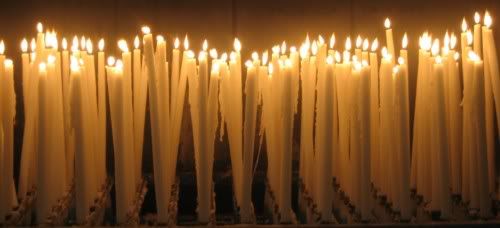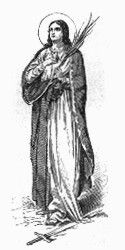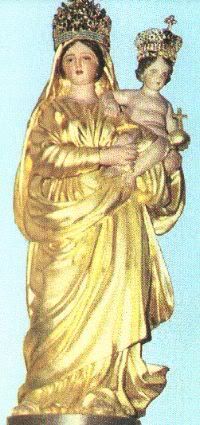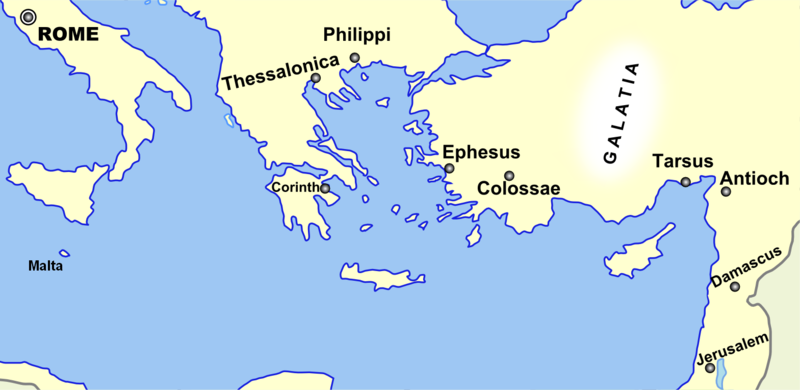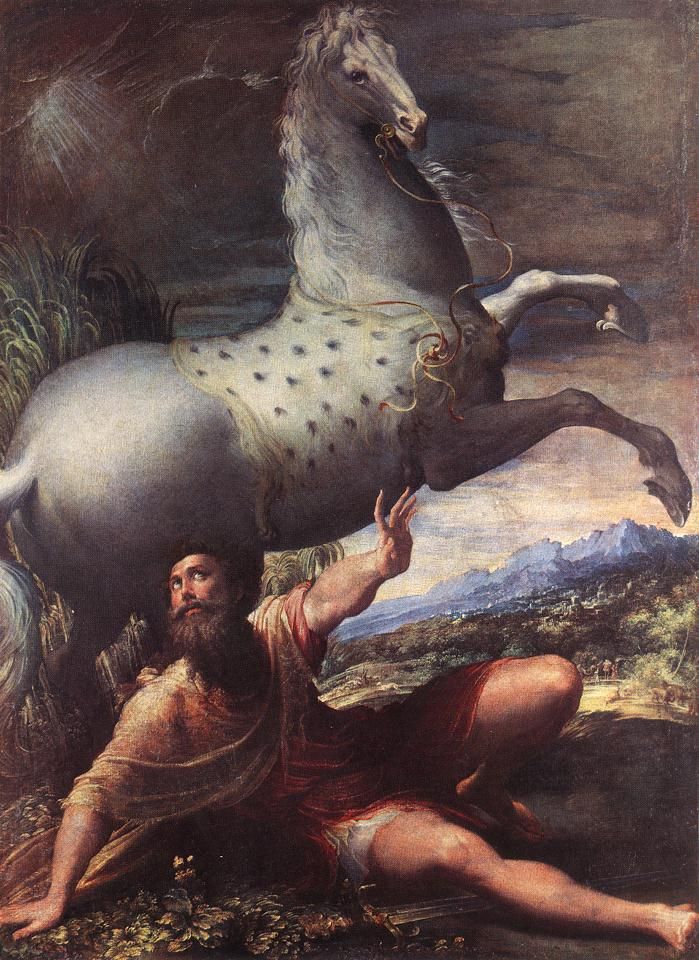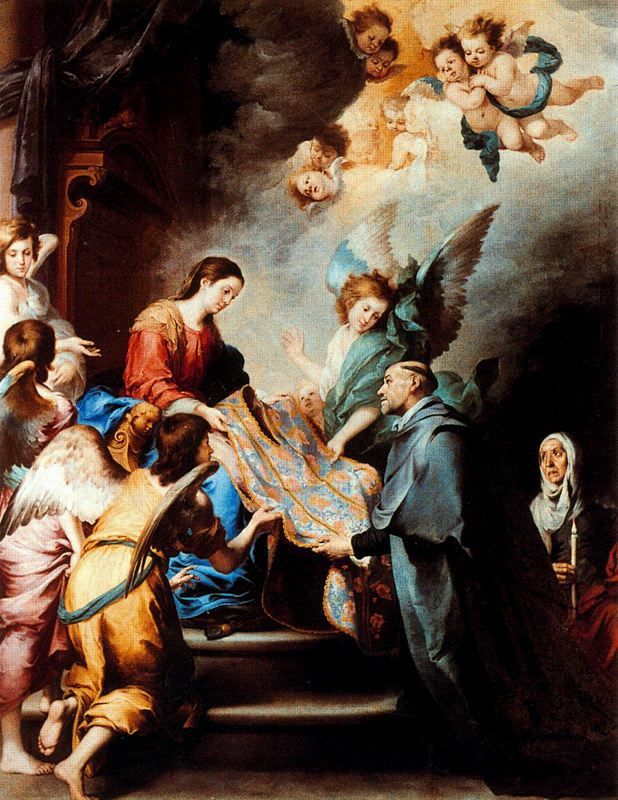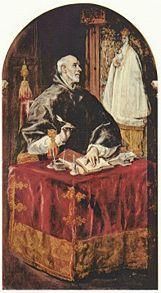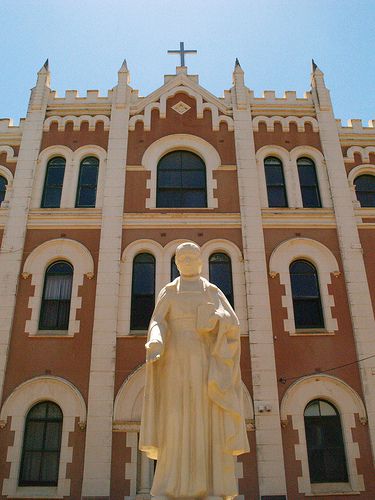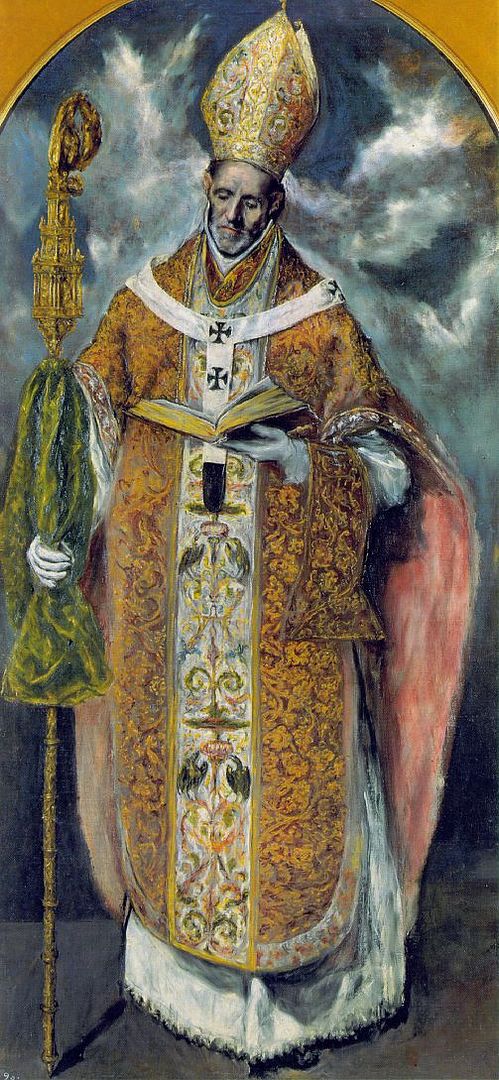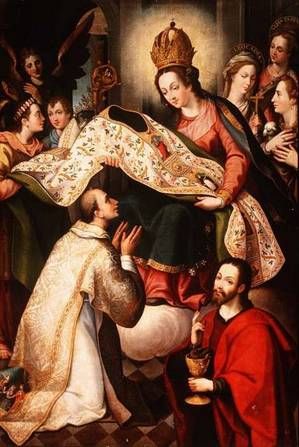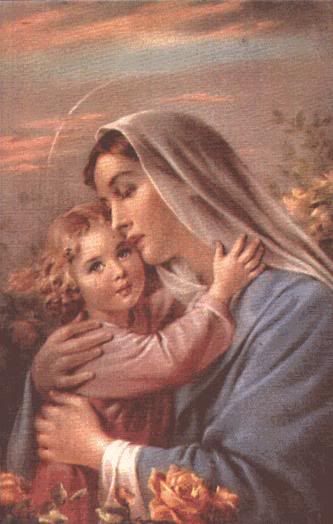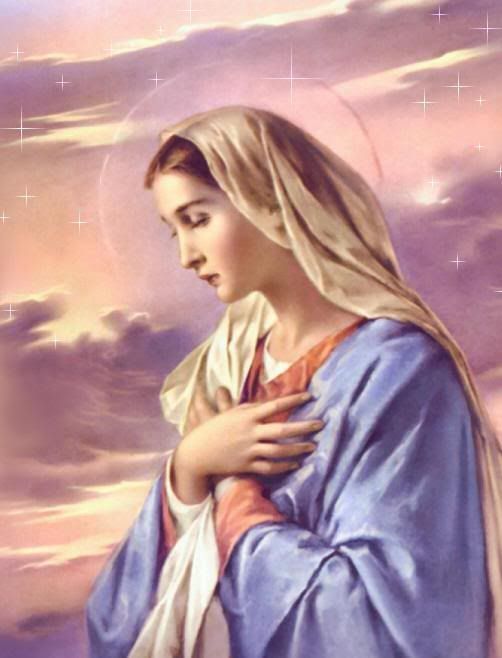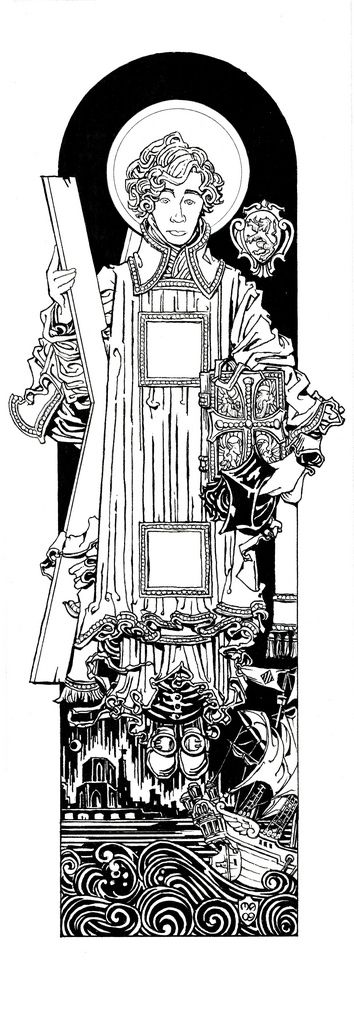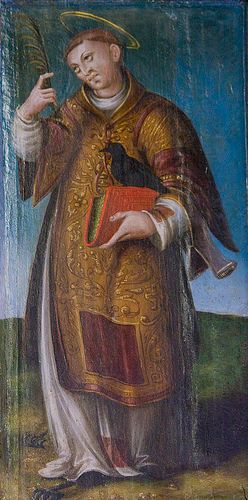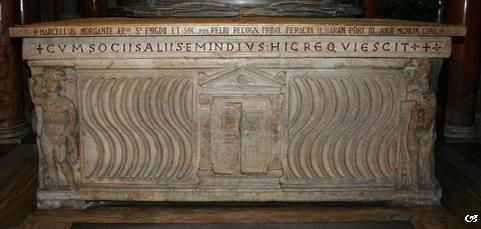Today, January 30, we celebrate the feast day of Saint
Martina of Rome (died 226), virgin martyr, and model of charity for the
poor. Saint Martina was martyred for
her refusal to renounce Christ and sacrifice to the pagan gods. Martina’s witness, made all the more
powerful by her youth, is said to have inspired miraculous conversions similar
to that experienced by Saint Paul. Her
faith and conviction inspires us today.
Born into the family of a wealthy and noble consul in Rome,
Saint Martina grew up with the luxuries and privileges reserved for the wealthy
at that time. Nonetheless, she shied
away from vain pursuits, and instead offered her time (and her family’s wealth)
in service to the poor. While still
young, both of Saint Martina’s parents died, and she was left with a sizable
inheritance. For the love of Christ,
she distributed all that she had to the poor and needy of Rome. This she did to sever her ties with the world,
that she might be more ready for martyrdom, should she fall victim to the Christian
persecution sweeping the city.
This persecution, under the direction of Emperor Alexander
Severus, had begun in attempts to rid the city of the Christian faith, a faith
that was deemed threatening to the Roman Empire. Similar persecution swept throughout the land, but was most
pronounced in Rome. One afternoon,
Martina was discovered praying in a church.
She readily accompanied the three officers who arrested her, begging
them politely to let her finish her prayers and speak with her bishop. This they did, triumphantly returning her to
the emperor, certain that she would renounce the faith and serve as an example
to other Christians. However, when
ordered to speak, Saint Martina asserted that she would never sacrifice to the
pagan gods, and certainly never to idols—the handiwork of men. She proclaimed the truth of the one true
God, and was sentenced to torture.
Martina was raked with iron hooks across her body, but in
the process, her torturers were thrown to the ground by a powerful shaking of
the earth accompanied by a bright light.
Within this light, Saint Martina prayed for their souls, and when they
arose, they had been converted, similar to Saint Paul’s experience on the road.
Not to be embarrassed, the emperor ordered her tortured again. This time, she was tied by her hands and
feet to posts in the ground and cruelly scourged. She was allowed to rest one day, assuming this torture (and the
threat of more) would change her mind.
When brought to the temple of Diana the next day to offer sacrifice,
fire fell from the heavens and burnt the temple, crushing and killing many
pagan priests and worshipers.
Additional torture attempts were tried, including being
thrown to a lion (who lost interest in her and failed to attack) and being placed
in a fiery furnace (which failed to even singe her clothing). Eventually, Saint Martina was beheaded, her
head displayed as a warning to Christians.
Saint Martina’s relics were discovered during the papacy of
Pope Urban VIII, in 1634. Along with
the relics of several other martyrs, she was placed in a beautiful church
located in the Roman Forum. This church
was dedicated in her honor, and hymns were written in her honor.
Saint Martina’s life reminds us that each of us—however small—can
effect great change in our communities with the help of the Lord. All we need
do is ask, through prayer, and the Lord’s light will shine upon us and
throughout our world.
Hymn of Praise to Saint Martina of Rome
Written by Pope Urban VIII
Citizens of Rome! sing to the celebrated name of the
glorious Martina. Sing the praises of this admirable Virgin and Martyr of
Christ.
She was born of noble parents, and was brought up in every
delicacy, surrounded by all that could pamper nature, and with riches of a
princely house at her command.
But she spurns these luxuries, dedicates herself to the
Creator of all things, and with a liberal hand distributes her riches to the
poor of Christ, that she may gain the riches of heaven.
She shrinks not at the torturing hook, the wild beasts, or
the cruel wound-inflicting rods. Angels descend from heaven, comforting her
with divine food.
The very lions lose their fierceness, and tamely come
crouching at her feet. The sword, Martina 1 gave thee the wished-for death, and
death united thee to the choirs of heaven.
Our ceaseless prayers mount up to thee from thine altar,
where clouds of incense shroud devotion's love; and thy blessed name banishes
that of the false deity Mars.
Do thou protect thy fatherland, and give to Christian
countries the rest of holy peace, driving unto Thracian coasts the din of arms
and war.
Marshal the armies of princes under the banner of the Cross,
deliver Jerusalem from her chains. Avenge innocent blood, and once for all
crush down the Turkish foe.
O thou our Patron, and our City's Saint I see this homage of
our loving hearts. Hear the prayers of thy Rome, which on this festive day
offers thee its hymns and reveres thy name.
O God, whose arm protects the Martyrs, take from us the
pleasures which would make us fall. O Triune God I give to thy servants the
blessed light, wherewith thy mercy crowns the soul with bliss.
Amen.






